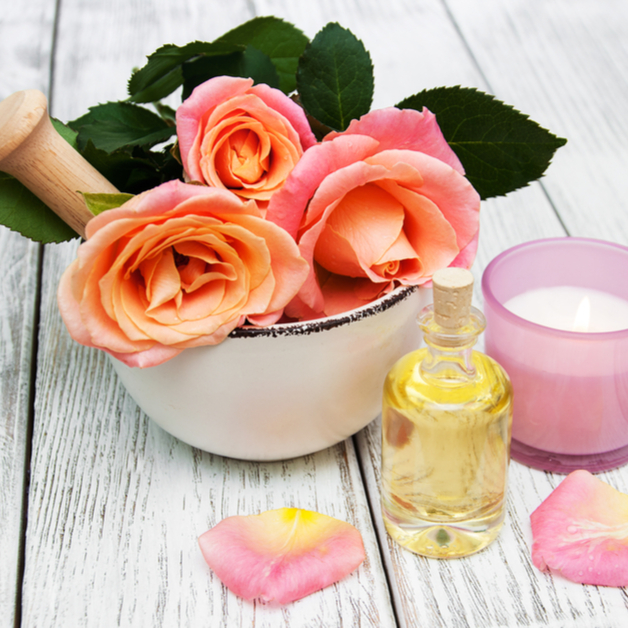Eczema is a skin disease which currently has no permanent cure. It is not a single disease, but a reaction pattern seen across a number of diseases. It is characterized by the crusty appearance of skin coupled with tiny blisters and thick plaque. These blisters eventually burst and ooze. Treatment for eczema varies and depends on the affiliated disease. Eczema caused by allergies can be avoided by staying away from the allergens. Ensure that your skin is well moisturized and healthy to prevent its occurrence. Atopic Eczema, also termed chronic eczema, is chronic in nature and is largely found in those suffering from hay fever and asthma.
Chronic Eczema
As the name suggests, chronic eczema is chronic in nature. This condition generally develops early in life. The conditions may alleviate or worsen with time. As there is no cure for this disease, temporary relief is the only possibility. Characteristics of chronic eczema include rashes appearing on the neck, cheeks, elbows, ankles, and knees. Here are a few chronic eczema treatment options to help ease the pain caused by the condition.
Common Chronic Eczema Treatment Options
Prevention
To avoid getting the disease, there are certain principles one can follow to keep their skin healthy and moisturized. Keep your skin well moisturized and avoid using detergents, soaps, and solvents that are harsh in nature. Beware of foods with allergens that you may be sensitive to. Avoid wearing clothes made of rough material and keep the body cool.
Topical Corticosteroid Creams and Ointments
Topical corticosteroid creams and ointments are used to relieve patients of the main symptoms of eczema. These creams are anti-inflammatory and are applied to the skin directly. Although they cannot completely cure symptoms, they are highly effective in the treatment of pain.
NSAID Ointment
Currently, there is a prescription ointment called Crisaborole on the market. It is an effective anti-inflammatory cream. It is non-steroidal and should be applied to the skin twice a day. Patients 2 years and above can use this ointment. It brings the skin back to its normal appearance and reduces inflammation. Apply generously to the skin for best effect.
Phototherapy
Phototherapy is another chronic eczema treatment. During phototherapy, the skin is exposed to ultraviolet light. Patients must visit the doctor 2-3 times a week for up to 2-3 months. Phototherapy has improved the condition of over 70% of its users. The most commonly used ultraviolet light is ultraviolet B. Generally, it is used in small amounts because large amounts of ultraviolet light can cause sunburns.
Skin Care At Home
Skin care involves a process of keeping the skin well moisturized. Avoid wearing clothes with rough or prickly cloth; wear soft fabric and cotton. Take lukewarm baths and apply moisturizer to your skin within a period of 2-3 minutes. This locks the moisture into the skin. Remember to use mild soaps and avoid scented products. Avoid scratching your skin and keep your nails short. If necessary, take antihistamines to reduce severe itching. Additionally, avoid irritants such as wool and lanolin (an oily substance derived from sheep wool used in some moisturizers and cosmetics). You can also keep a humidifier in the room to help maintain moisture.
Wet Wrap Therapy
Wet Wrap therapy is an innovative treatment involving the procedure of taking 3 lukewarm baths a day. Topical medicines and a moisturizer are then applied within 2-3 minutes, and sealed by a wet cloth. This locks the medicinal combination into the skin. The family of the patient will have to be trained to handle certain situations in case things go out of control.
Featured Image: Depositphotos/ © tashatuvango



